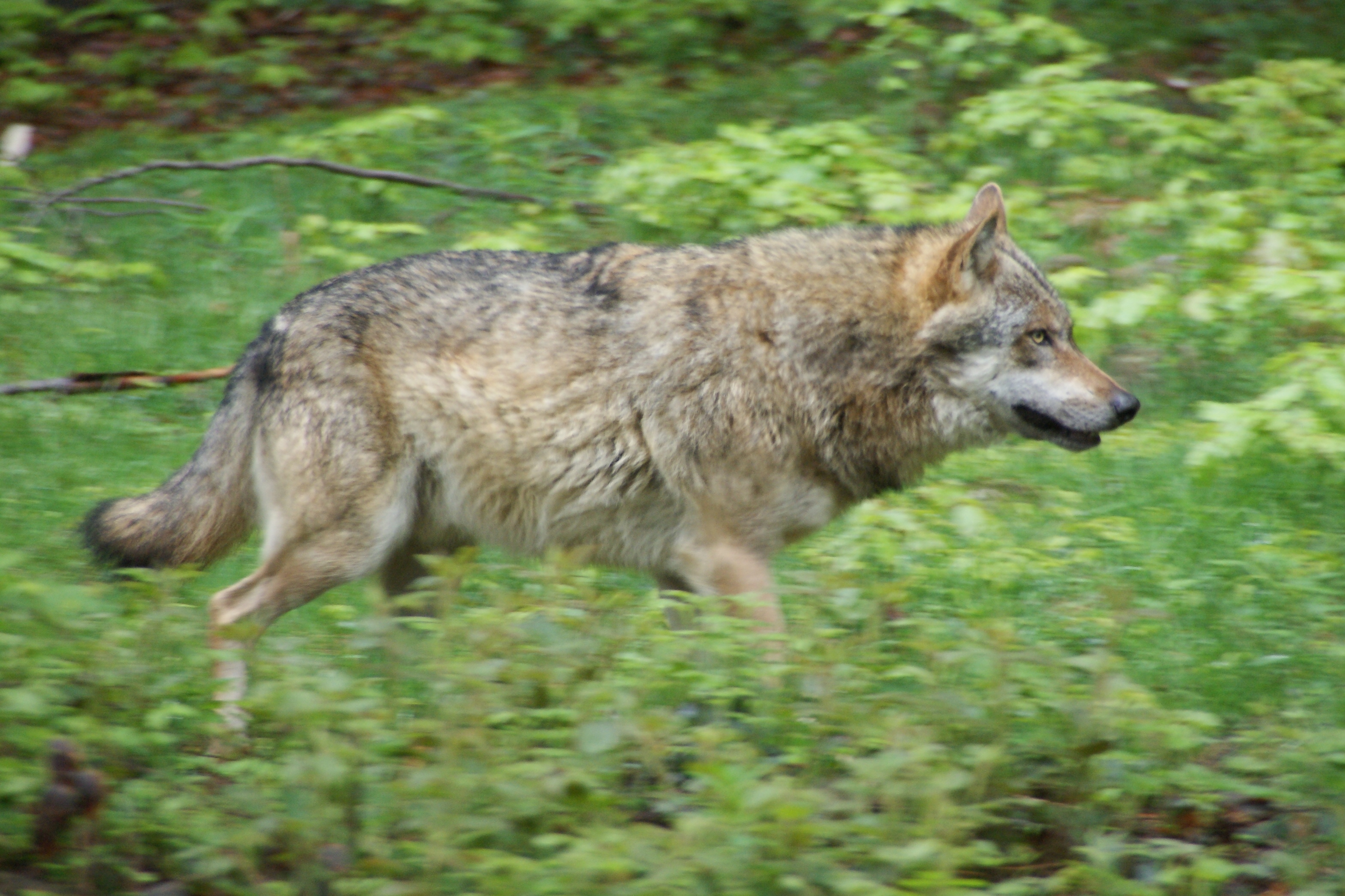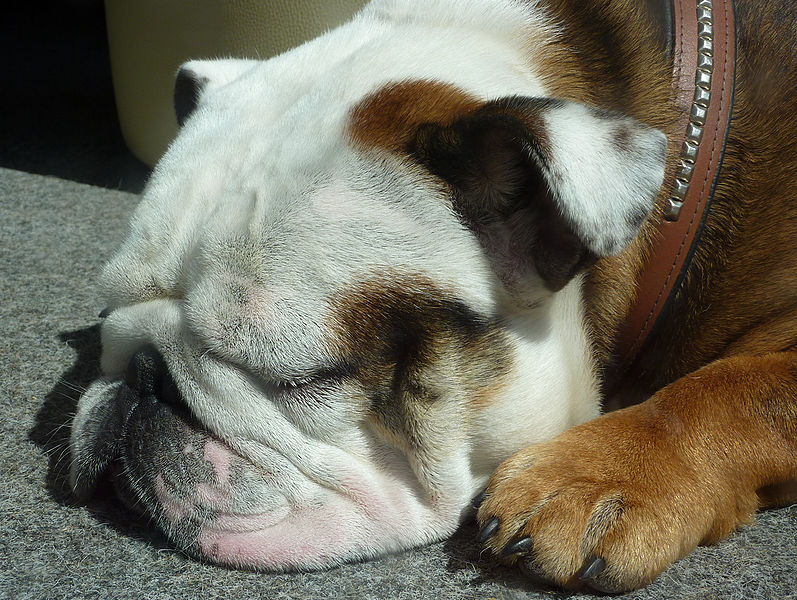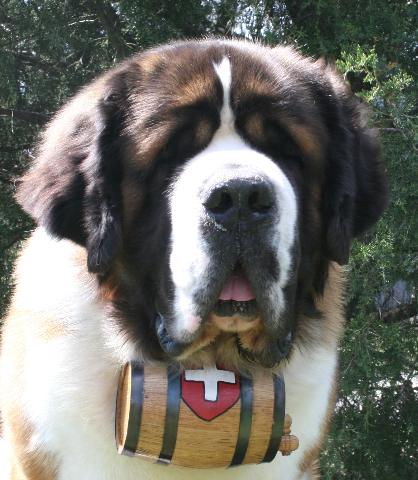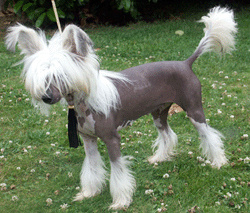
We humans are masters of reinvention. And we love our dogs. Over the past 12,000 years we’ve mixed that love of innovation and love of dogs, to create a species with more physical variation than any other species on Earth.

Much of this innovation has served us well. Domesticated dogs have protected our livestock and our homes, helped us hunt and retrieve game, and carried our belongings. And come the cold, snowy weather season, or a pesky avalanche, it’s nice to know that a Saint Bernard dog may be nearby with a cask of brandy on it’s collar. Seriously, rescue dogs have aided many a lost, stranded or endangered person.

Dog breeding has served to enhance the good traits as well as to remove from a dog breed, certain bad genetic components, such as predisposition to genetically-linked diseases, as well as traits such as hip dysplasia, and eye or cardiac anomalies.

As for the variations in type, dog breeding has developed such variety as a nearly hairless dog, dogs with highly shortened faces, and dogs with so much hair that their faces are difficult to distinguish.

The extremes affect height, weight, hair (or lack of hair, as is the case of the Chinese Crested dog). For that matter, many dogs have a haircoat that is shed, similar to wolves, coyotes and fox, while others (poodles and many terriors) have hair, that is not shed, but rather must be trimmed.
If you know a greyhound or collie dog, you know the long–headed feature, similar to that of the original dog ancestor, the gray wolf. This morphological feature is described as dolichocephalic (long-skulled). On the other hand, if you happen to be supporting the habits of, say a Neopolitan Mastiff or a Pug dog, that makes you in the caregiver of a brachiocephalic canine, that is a short-skulled dog. Such dog breeds show a greater deviation from the ancestral gray wolf than a long-skulled dog. And as a recent study shows, more than just the head shape of brachiocephalic dogs has changed.
A July 2010 report in PLos ONE (Roberts, T., et al.; 1), noted that the extreme diversity in shape and size found in domestic dogs extends to the canine skull.
The authors set out to determine if these apparent physical features, skull shape differences, translated to differences in brain structure.
Cephalic index (CI) of the study dogs was calculated from digital measurements of length and width of the skull. As a starting point, the authors used the the gray wolf, for which various reports listed a cephalic index of 50.9 to 51.9.
Eleven dogs, representing various breeds and crossbreeds were used. The dogs were from shelters, and had been recently euthanized, for reasons other than the purpose of this study. An additional two dogs used were English Springer Spaniels, who were also not euthanized for this study, rather were measured while under sedation.
The cephalic indices reported ranged from 42.2 in a greyhound to 87.2 in a shih tzu cross, the higher number indicating a shorter skull shape. The authors noted that body size and weight were closely related to CI in the domestic dogs studied.
The rather dramatic sagittal scans in the report, show a comparison of a brachiocephalic and dolichocephalic dogs with the brain outline and center of mass marked in red, and the olfactory bulb in yellow. The authors (in Figure 2) showed the two extremes of very short and very long-skulled dogs, with the brain positional differences no less striking.
The olfactory bulb was found to be positioned differently in dogs with a shortened skull. These dogs showed a definite ventral or forward (looking at a cross-section from the front of the nose to the back of the skull) shift of the brain, as well as of the olfactory bulb. Thus the authors note a strong correlation between a high CI and both central axis rotation ventrally, as well as a ventral rotation of the olfactory bulb.
This dog owner would be very interested in whether shorter–skulled dogs have behavorial changes that could be connected to their breeding. Let’s face it, the next time our dogs lunge at the dog walking by, it would help to be able to shrug and call out, “Sorry, short head”. Or, “He can’t help it, he was bred that way.”
Sadly, that’s not how it works. Once assuming ownership of a certain type of dog, the onus is on the owner to teach the dog what is and is not acceptable behavior.
But if future studies may show a connection between cephalic index of particular dog breeds and behavioral characteristics, that information might be useful in choosing a dog. Say you wanted a dog for protection and it had been proven that a pug’s head shape was not ideal for guard dog-type behavior. You would instead choose a Collie. Umm… make that a Doberman Pinscher. Of course Italian Greyhounds are also long-headed dogs, although known more for speed of flight, than for protective tendencies.
Reference
![]()
1. Roberts T, McGreevy P, & Valenzuela M (2010). Human induced rotation and reorganization of the brain of domestic dogs. PloS one, 5 (7) PMID: 20668685
Kari Kenefick
Latest posts by Kari Kenefick (see all)
- Fluorescent Ligands in Biological Research: Where We’ve Been, Where We’re Headed - June 27, 2024
- Cell-Based Target Engagement and Functional Assays for NLRP3 Inhibitor Profiling Help Identify Successes and Failures - January 25, 2024
- Illuminating the Brain with a New Bioluminescence Imaging Substrate - April 13, 2023

I love reading this blog. It has expounded on what I have read from http://www.trainpetdog.com/AllDogBreeds.html that Man has domesticated, fed and sheltered wolves to obtain loyalty, protection and aid in hunting. The diversity of dog breeds is indeed Man’s brainwave.